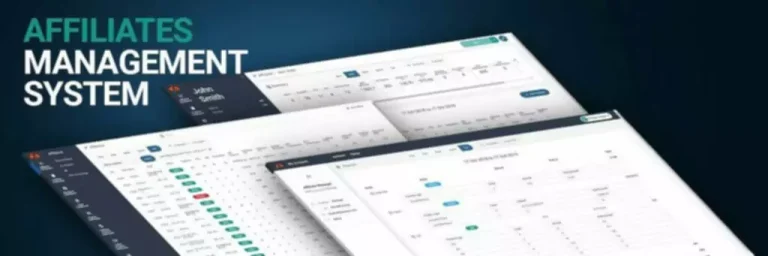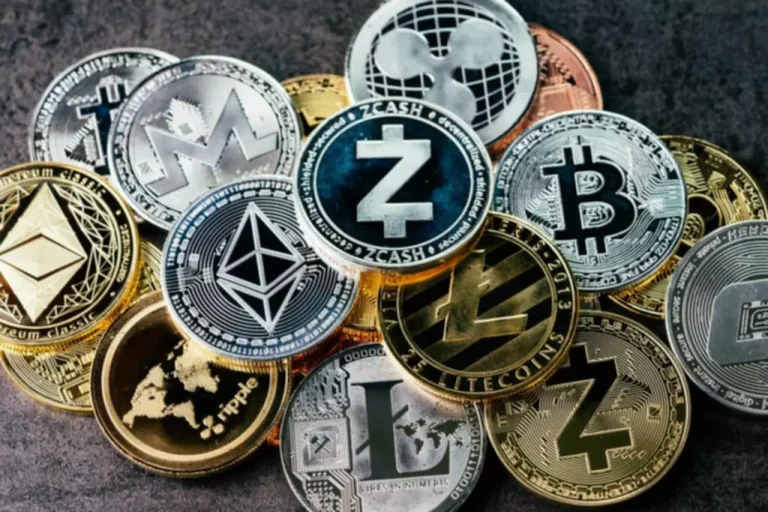As a basic rule, buying and selling at times when it is difficult for market makers and other institutional investors to hedge underlying securities in an ETF will likely result in wider spreads and less efficient trades. This is usually the case just after U.S. fairness markets open and simply earlier than they shut. In that interval, the underlying securities are less liquid, which may find yourself in wider bid-ask spreads. ETF liquidity is predicated on the dynamics within the vendor and secondary markets. Dealers appearing as APs can create and redeem ETF shares to fulfill supply and demand changes within the ETF and maintain its market worth according to its NAV. On the secondary market, ETF shares with higher trading volume and tighter spreads are often more liquid.

The buy price of an asset plus the prices of operation. As for evaluating individual ETFs, liquidity has become a key part of whole price of ownership (TCO) evaluation, particularly as the number of ETFs continues to develop. Because ETFs may be dissembled again into single securities, the ETF’s portfolio supervisor usually does not need to purchase or promote securities, except for rebalancing functions.
An Etf Execution Technique Is Vital When Executing Larger Etf Orders
Authorized participants which would possibly be unable to buy the elements can’t effectively create ETFs, while illiquid costs of the parts might make redeeming the ETFs much less attractive. After all, liquidity dangers have to be discounted in any illiquid security’s valuation as a end result of slippage. The function of those transactions is to create liquidity within the primary market and ensure that the ETF’s value very closely reflects the worth of its underlying belongings (via arbitrage opportunities). For instance, if the worth of an ETF became cheaper than the sum of its components, the authorized participant may redeem the ETF and promote the components at a revenue. Low levels of liquidity in this market may create premiums and reductions to the ETF’s internet asset value.

However, buyers with bigger order sizes can source liquidity not displayed on the screen from liquidity suppliers. And, bear in mind, ETFs are at least as liquid as their underlying constituents at any given cut-off date. As volatility has increased, buyers as quickly as once more have gravitated to trade traded funds (ETFs) for their key attributes of transparency and liquidity. Liquidity refers back to the ability to buy or sell a safety quickly, simply and at a reasonable transaction value. ETFs and particular person stocks both commerce on a inventory trade, leading many investors to imagine that the components that determine the liquidity of the two securities should also be similar.
Sell On The Pop Prospects: May 22 Version
The idea of liquidity in ETFs extends past the standard understanding utilized to individual stocks. It is a multitiered framework involving both the dealer and secondary markets. In the first or supplier market, liquidity is facilitated through the creation and redemption mechanisms. This distinctive process allows for adjusting the ETF’s supply to fulfill investor demand, maintaining worth stability. In the secondary market (i.e., the inventory market), liquidity is described via the trading quantity of the underlying securities in the ETF and their bid-ask unfold.
This mechanism keeps ETF costs in between the bounds of transacting in the underlying basket. ETFs have become enormously popular among individual traders, but there are heaps of dangers to consider when shopping for or selling them. Liquidity can restrict an investor’s capability to purchase and promote with out influencing the market price in an unfavorable method. In common, individual traders should stick with larger ETFs with high buying and selling volumes and tight spreads to attenuate their threat, while also making sure that the ETF’s holdings aren’t obscure or illiquid securities.
Investors Choose Etfs
During off-peak hours, for example, around lunchtime, liquidity might diminish, probably resulting in wider bid-ask spreads and fewer favorable costs for investors. While a narrower bid-ask spread incessantly suggests better liquidity, a wider unfold isn’t always an indication of poor liquidity. The unfold can be influenced by the liquidity of the underlying assets and the efficiency of the market-making course etf liquidity of. It’s important to think about the overall liquidity profile, together with major and secondary market liquidity, quite than relying solely on the bid-ask spread. The liquidity of GreenTech ETF is managed through these creation and redemption mechanisms, which help be certain that investors should buy or promote shares at prices representing the value of the underlying property.
Although some ETFs are identified for being highly liquid, there was an amazing quantity of recent ETF launches over the past a quantity of years. In truth, since 2013, 52% of all ETF launches have come to market in the past three years.5 Most of these newer ETFs are inclined to have decrease assets under management and a decrease common day by day quantity. However, the dimensions and common day by https://www.xcritical.com/ day volume of an ETF shouldn’t be considered as a barrier to using a particular ETF but quite function a road map as the way to finest introduce an ETF order to the marketplace. When buying and selling any ETF, it’s important for investors to understand the mechanics of the ETF product structure, the obtainable execution strategies, and ETF nuances that will impression execution quality.

APs are the one counterparties allowed to enter creation and redemption orders with the fund. They are sometimes self-clearing broker-dealers that serve many capabilities, together with appearing as sellers in ETF shares within the secondary market and as brokers for market makers and other liquidity providers to create/redeem ETF shares. Typically, liquidity is larger through the market’s opening and shutting, generally known as the market’s “rush hours,” due to larger trading volumes.
The market in which ETF shares or frequent shares of public corporations that presently exist are traded on exchanges between investors. Liquidity The ability to rapidly purchase or sell an investment available within the market without impacting its price. Bid/Ask Spread
Etf Creation Process
The difference between the best worth a buyer is prepared to pay for an asset and the bottom price the vendor will settle for to promote. A primary market that helps the ETF’s liquidity and permits them to commerce close to Net Asset Value (NAV) all through the day. All materials presented is compiled from sources believed to be dependable and current, however accuracy cannot be guaranteed. The opinions expressed are primarily based on present market conditions and are topic to vary without notice. These opinions might differ from these of other Invesco investment professionals.

Circulation, disclosure, or dissemination of all or any a part of this doc to any individual without the consent of Invesco is prohibited. Factors corresponding to fund measurement, market making, fund sponsor status, and the expense ratio can affect an ETF’s liquidity profile. By every day buying and selling volume, the S&P 500 SPDR (SPY), Invesco QQQ (QQQ), and Financial Select Sector SPDR (XLF) are typically among the most energetic ETFs. The profiles of those two comparable ETFs can result in totally different relative levels of liquidity. Investors might find it easier and more cost-effective to trade shares of Alpha ETF than Beta ETF, despite both ETFs monitoring the same index. Generally, ETFs that invest in large-cap, domestically traded corporations are the most liquid, as these shares are typically essentially the most liquid.
Conversely, if some or all of the underlying shares are illiquid—they are onerous to buy or sell without considerably affecting the price—the APs might face challenges in assembling or disassembling the hampers shortly. This delay could affect the timeliness and efficiency of the creation and redemption course of, affecting the liquidity of the GreenTech ETF. Most ETF orders are entered electronically and executed in the secondary market where the bid/ask costs that market individuals are willing to buy or sell ETF shares at are posted. Secondary market liquidity is set primarily by the quantity of ETF shares traded. ETFs’ market-based pricing mechanism offers rise to reverse run incentives, as strategic substitutabilities encourage shareholders to stay invested when intermediaries are stability sheet constrained.
6 of the Best AI ETFs to Buy Now – U.S News & World Report Money
6 of the Best AI ETFs to Buy Now.
Posted: Wed, 08 May 2024 07:00:00 GMT [source]
Portfolio managers’ buying and selling desks execute trades as directed by portfolio managers. They work with liquidity suppliers of underlying securities to source liquidity, reduce trading costs, and seek best execution. Suppose the market cools down, and traders determine to sell their shares of GreenTech ETF. The increased selling pressure may drive the price of the ETF shares properly below the NAV. An AP buys the ETF shares from the market and returns them to the ETF issuer.
There’s A Lot More To Find Out About Etfs
The prospectuses embody investment goals, risks, charges, expenses, and different data that you should read and contemplate carefully earlier than investing. In one scenario, it has a excessive trading volume and a decent bid-ask unfold of $0.02, indicating high liquidity, which implies shares may be easily bought or bought without considerably affecting the price. Alternatively, a inventory for ABC, Inc. has a low buying and selling volume and a large bid-ask spread of $2, indicating low liquidity.
The want for every day liquidity and publicity to non-traditional assets and strategies are the fundamental necessities for liquid alts, and ETFs are uniquely positioned to successfully meet these necessities. Are collective trust funds established and maintained by JPMorgan Chase Bank, N.A. The funds aren’t required to file a prospectus or registration statement with the SEC, and accordingly, neither is available. The funds can be found only to sure qualified retirement plans and governmental plans and isn’t provided to most people.
Visibly, investors can see the first layer of liquidity within the type of prices to purchase and/or sell ETF shares on the exchange (known as average daily buying and selling volume, ADV). However, much like an iceberg, there is a lot more liquidity under the floor within the primary market through the creation and redemption course of. Unlike ETFs, that are traded on exchanges like shares, mutual fund shares are purchased and offered immediately with the fund at the day’s closing NAV. The real-time trading function of ETFs supplies intraday liquidity, allowing investors to execute trades throughout the trading day.